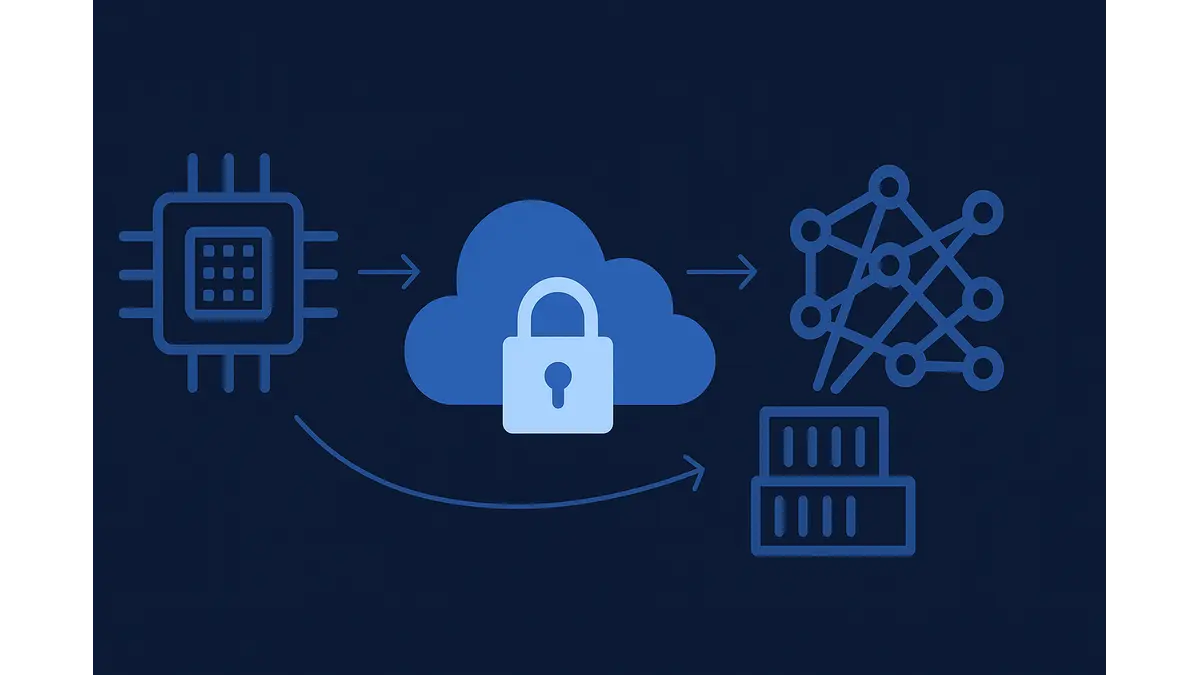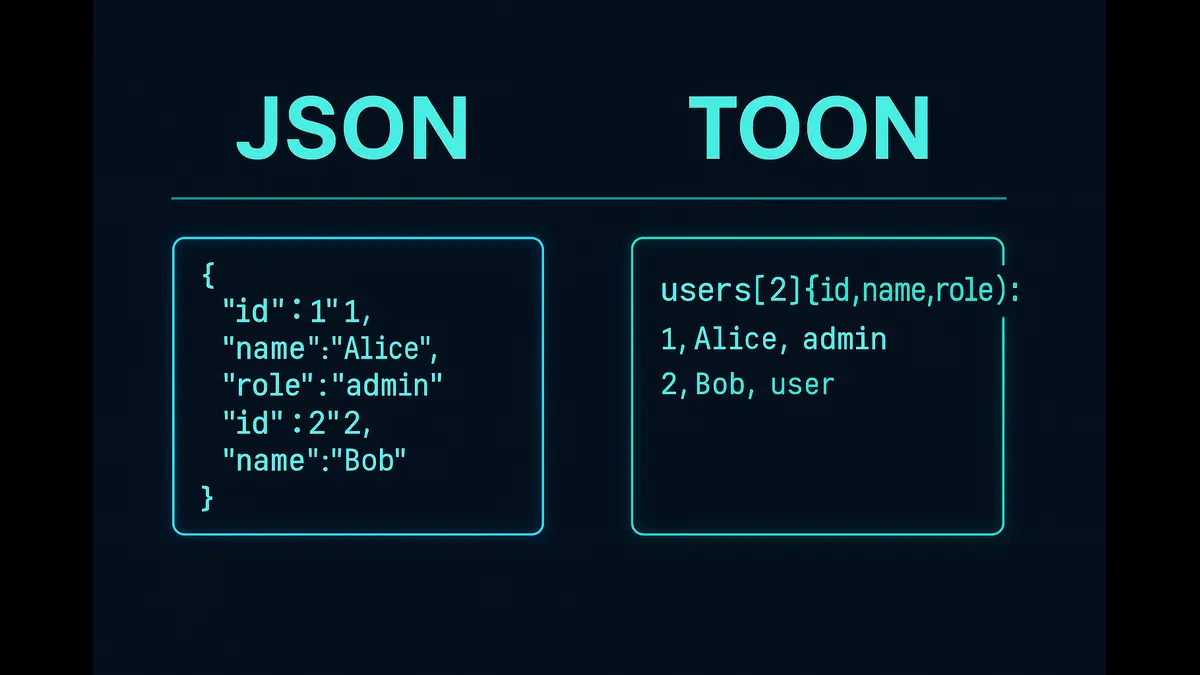
Cloud computing has come a long way—from early virtual machines to modern containers running at scale. But with speed comes risk too. In this article, we explore how containers evolved, the unique security risks they bring, and how machine learning is revolutionizing cloud-native protection strategies—from runtime anomaly detection to automated remediation in Kubernetes environments.
The early 2000s ushered in a transformative era for computing, driven by the introduction of multi-core processors such as Intel’s Pentium 4 in 2000 and AMD’s Athlon MP in 2001. These processors significantly enhanced computational capacity, enabling a single hardware instance to handle multiple workloads concurrently. This technological leap fueled the rise of virtualization, culminating in the launch of Amazon Web Services’ Elastic Compute Cloud (EC2) in 2006, which marked the advent of modern cloud computing. By allowing organizations to deploy multiple virtual machines (VMs) on a single server, virtualization reduced costs and enabled scalable services, from web hosting to enterprise applications. This democratization of computing resources set the stage for further innovations, notably the shift to containers and the integration of machine learning (ML) for enhanced security. This article examines the technical evolution from VMs to containers, their associated security challenges, and the role of ML in securing cloud-native environments.
Virtual Machines: The Bedrock of Cloud Infrastructure
The foundation of early cloud computing rested on virtual machines, which emulate complete computer systems, each equipped with its own operating system, including a kernel, drivers, and libraries. Hypervisors, such as VMware ESXi or Microsoft Hyper-V, orchestrate this process by allocating hardware resources—CPU, memory, and storage—among VMs. Operating in either bare-metal (Type 1) or hosted (Type 2) configurations, hypervisors ensure strong isolation, allowing diverse workloads to run securely on a single server.
This capability transformed organizational IT strategies. Businesses could deploy dozens or even hundreds of VMs on one physical machine, cloning or migrating them as needed to meet demand. However, the resource-intensive nature of VMs, which require significant memory and CPU to support duplicate operating systems, poses limitations. Boot times often extend to minutes, and administrative complexity can hinder scalability. These challenges paved the way for a more efficient virtualization paradigm: containers.
Containers: Streamlining Cloud-Native Development
Building on the principles of virtualization, containers emerged as a lightweight alternative, gaining prominence with Docker’s introduction in 2013. Unlike VMs, containers operate at the operating system level, leveraging Linux kernel features such as namespaces—which isolate processes, networks, and file systems—and control groups (cgroups), which limit resource usage. By sharing the host’s kernel and including only the application and its dependencies, containers drastically reduce overhead, often occupying megabytes rather than gigabytes. This efficiency enables near-instantaneous startup times, measured in milliseconds.
Containers are particularly well-suited for microservices architectures, where applications are decomposed into independent, scalable components. Tools like Docker Compose allow developers to define multi-container environments using YAML configurations, while orchestration platforms like Kubernetes manage large-scale deployments, handling tasks such as scheduling, scaling, and networking. This agility has positioned containers as a cornerstone of cloud-native development, yet their unique architecture introduces distinct security considerations.
Security Challenges in Containerized Environments
While VMs, bare-metal servers, and containers share common vulnerabilities—such as unpatched software or weak access controls—the shared kernel and rapid deployment model of containers present unique risks. These challenges, including misconfiguration, vulnerable images, and orchestration complexities, require specialized approaches to ensure robust security.
Misconfiguration: A Subtle yet Significant Threat
Complex applications often rely on multiple interconnected containers, where a single misconfiguration can significantly expand the attack surface. For example, running containers with root privileges without user namespace remapping—a Linux feature that maps container users to non-privileged host users—can allow attackers to escalate privileges and compromise the host system. In Kubernetes environments, misconfigured role-based access control (RBAC) or pod security policies may inadvertently grant containers access to sensitive resources, such as API keys or configuration secrets. These errors, often stemming from a single line in a YAML file, underscore the need for meticulous configuration management.
Vulnerable Container Images: Risks in the Supply Chain
The reliance on container images, frequently sourced from public registries like Docker Hub, introduces additional vulnerabilities. In 2022, Sysdig’s Threat Research Team analyzed 250,000 Linux images and identified 1,652 containing malicious payloads, such as cryptominers and backdoors. Many images also harbored hard-coded credentials, SSH keys, or API tokens. That year, public registry pulls increased by 15%, with 61% of images sourced from unverified repositories. Development teams, often under time constraints, may incorporate unvetted images, embedding vulnerabilities like outdated libraries with known Common Vulnerabilities and Exposures (CVEs) into their applications.
Orchestration Complexities: Scaling Security Challenges
Orchestration platforms like Kubernetes enhance container management but amplify security risks due to their complexity. A 2022 D2iQ survey revealed that only 42% of Kubernetes-based applications reached production, attributed in part to administrative challenges and a steep learning curve. Misconfigured APIs or default settings can expose clusters to unauthorized access, such as through unsecured dashboards. As Ari Weil of Akamai observed in 2022, “Kubernetes is mature, but most companies and developers don’t realise how complex […] it can be until they’re actually at scale.” This complexity necessitates advanced tools to secure large-scale container deployments.
Machine Learning: A Robust Solution for Container Security
To address these challenges, machine learning offers sophisticated tools to secure containerized environments across their lifecycle. By establishing baselines of normal behavior and integrating with orchestration platforms, ML-driven solutions enhance detection, prevention, and response capabilities.
Runtime Anomaly Detection
ML-based security platforms, such as Sysdig Secure and Falco, employ unsupervised algorithms like isolation forests or autoencoders to model normal container behavior. Utilizing extended Berkeley Packet Filter (eBPF), which monitors system calls—such as file access or network operations—with minimal overhead, these platforms detect anomalies like unexpected filesystem access or CPU spikes indicative of cryptomining. By focusing on behavioral deviations rather than known signatures, ML identifies zero-day threats, offering a proactive defense against novel attacks.
Image Scanning and Vulnerability Management
During the development phase, ML-driven tools scan container images against databases like NIST’s National Vulnerability Database (NVD). Trained on extensive datasets, these models identify not only known CVEs but also subtle risks, such as anomalous dependencies or unexpected binaries within image layers. Integrated into CI/CD pipelines, scans can be triggered on image pushes, pulls, or schedules, generating reports aligned with standards like the Center for Internet Security (CIS) Kubernetes Benchmarks. This ensures vulnerabilities are addressed before deployment, strengthening the software supply chain.
Automated Response Mechanisms
Integration with orchestration tools via APIs enables ML platforms to respond swiftly to threats. Upon detecting a suspicious container, the system can isolate it within a network segment, terminate it, or revoke insecure permissions. Connectivity with firewalls or VPN endpoints allows broader actions, such as blocking traffic at network boundaries or isolating subnets. These automated responses minimize the window of exposure, enhancing the resilience of containerized environments.
Technical Implementation of ML-Based Security
The efficacy of ML security solutions hinges on robust data pipelines, processing features such as system call frequency, process trees, and network flows. Models are trained on clean application runs to establish baselines, then deployed for real-time inference. Hybrid approaches combine ML with rule-based detection—flagging known malicious IPs, for example—while ML identifies novel anomalies, balancing sensitivity and specificity to reduce false positives. Tools like eBPF provide low-overhead telemetry, critical for monitoring high-scale container environments without compromising performance.
Securing the Cloud-Native Future
The evolution from multi-core processors to cloud computing has transformed technology, with containers enabling unprecedented agility and scalability. However, their security challenges—misconfiguration, vulnerable images, and orchestration complexities—demand advanced solutions. Machine learning addresses these through anomaly detection, vulnerability scanning, and automated remediation, seamlessly integrated with container orchestration platforms.
By leveraging ML, organizations can adopt cloud-native technologies without sacrificing security, even in high-risk sectors like finance or healthcare. The cloud revolution, ignited by early 2000s processors, continues to advance, and with ML-driven security, it is poised to deliver robust, scalable solutions for a dynamic digital landscape.
Discover more from Poniak Times
Subscribe to get the latest posts sent to your email.






